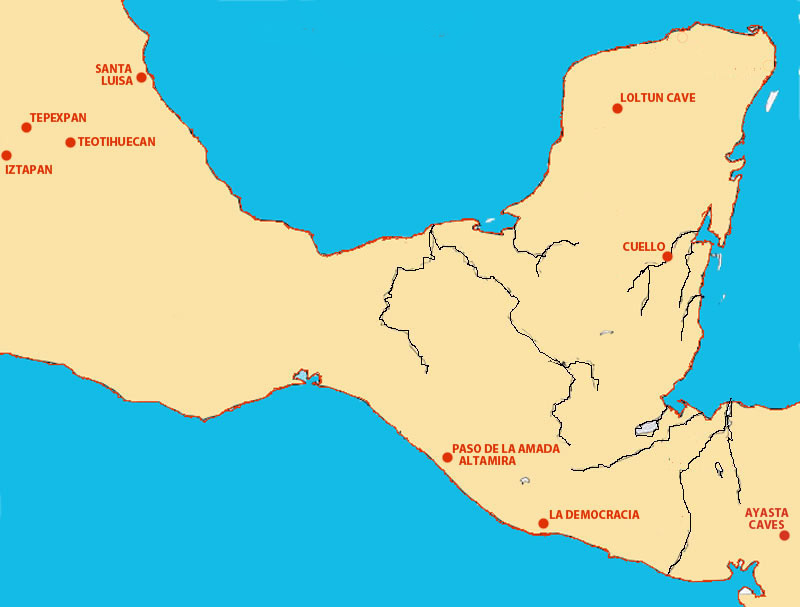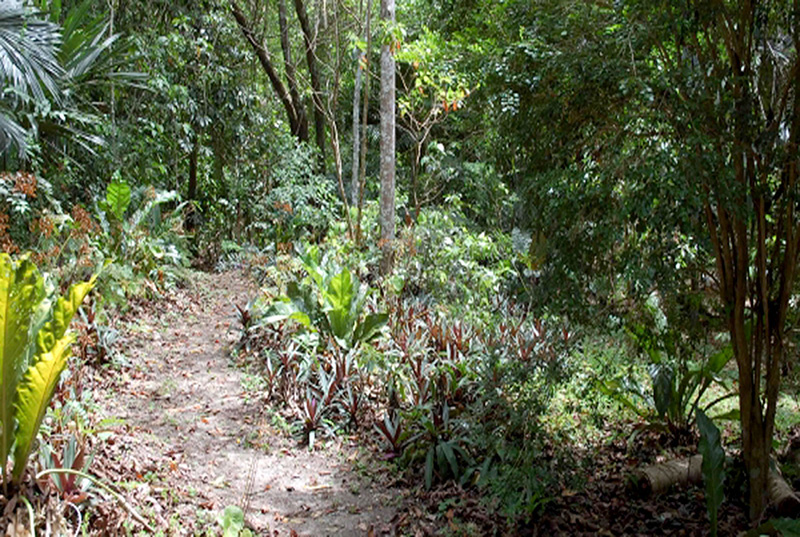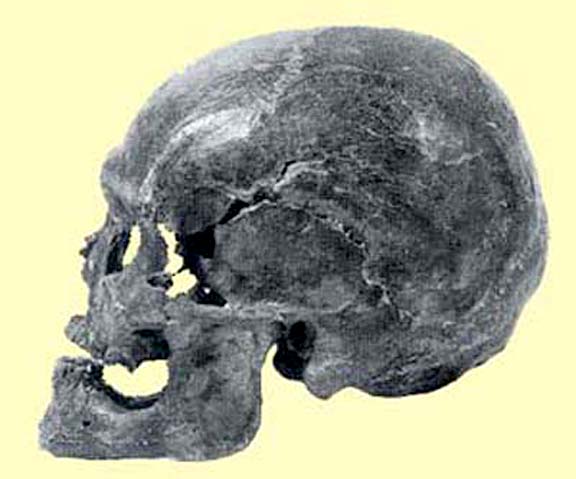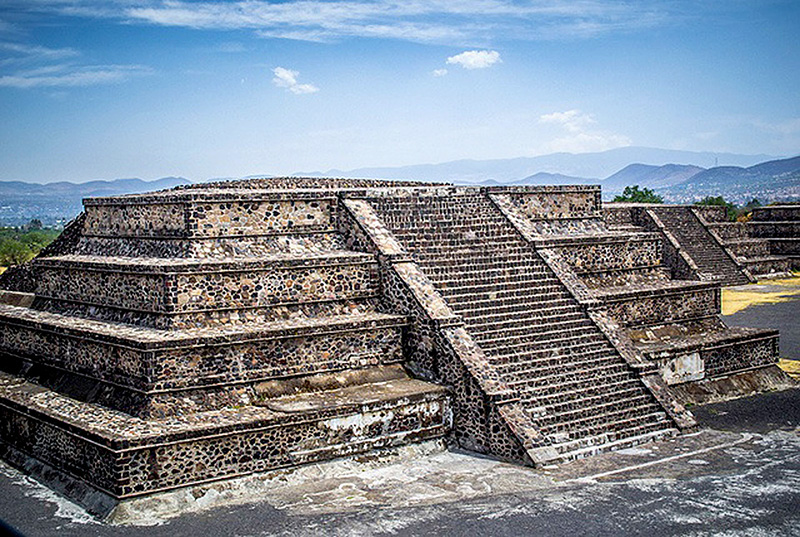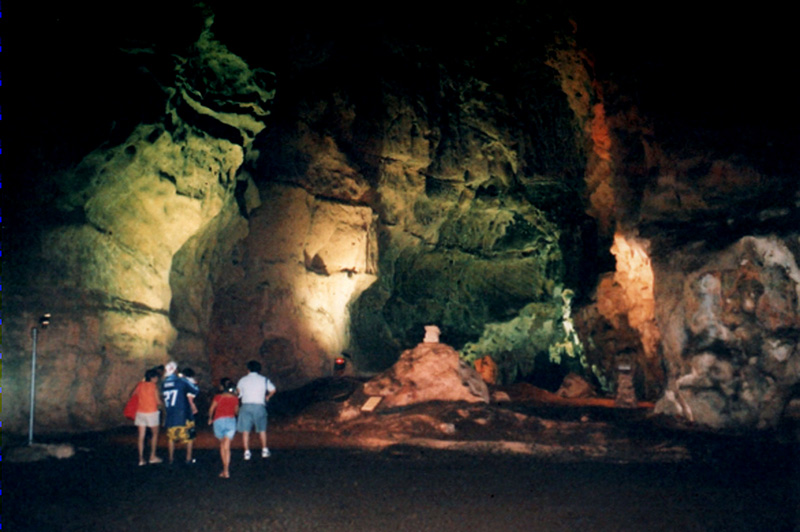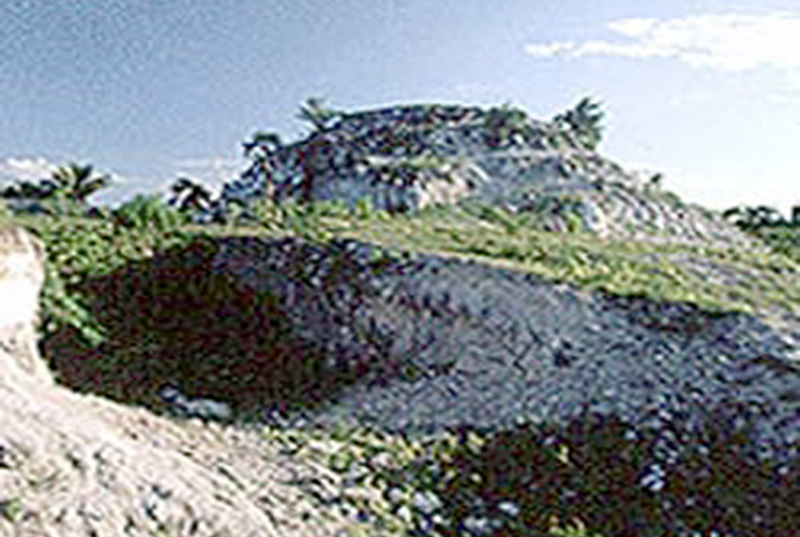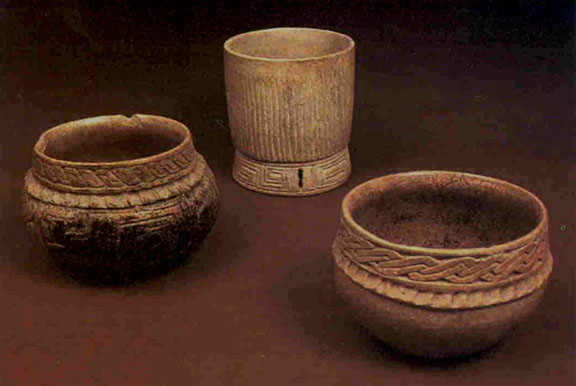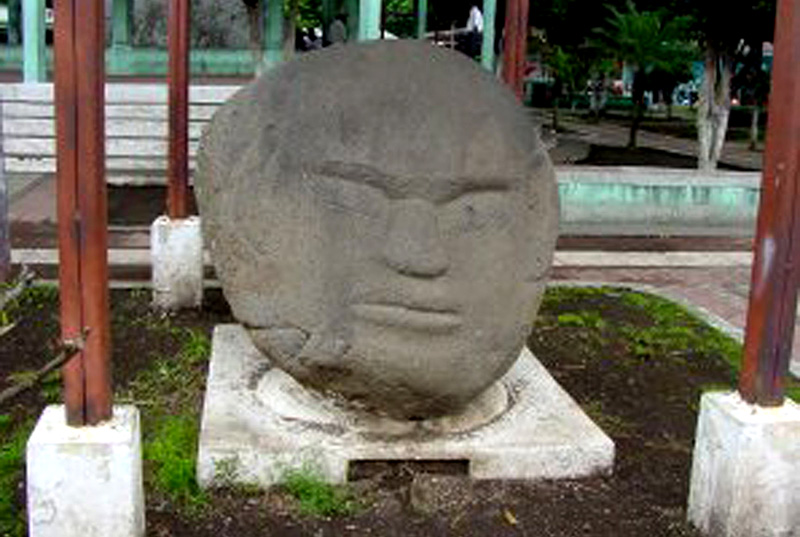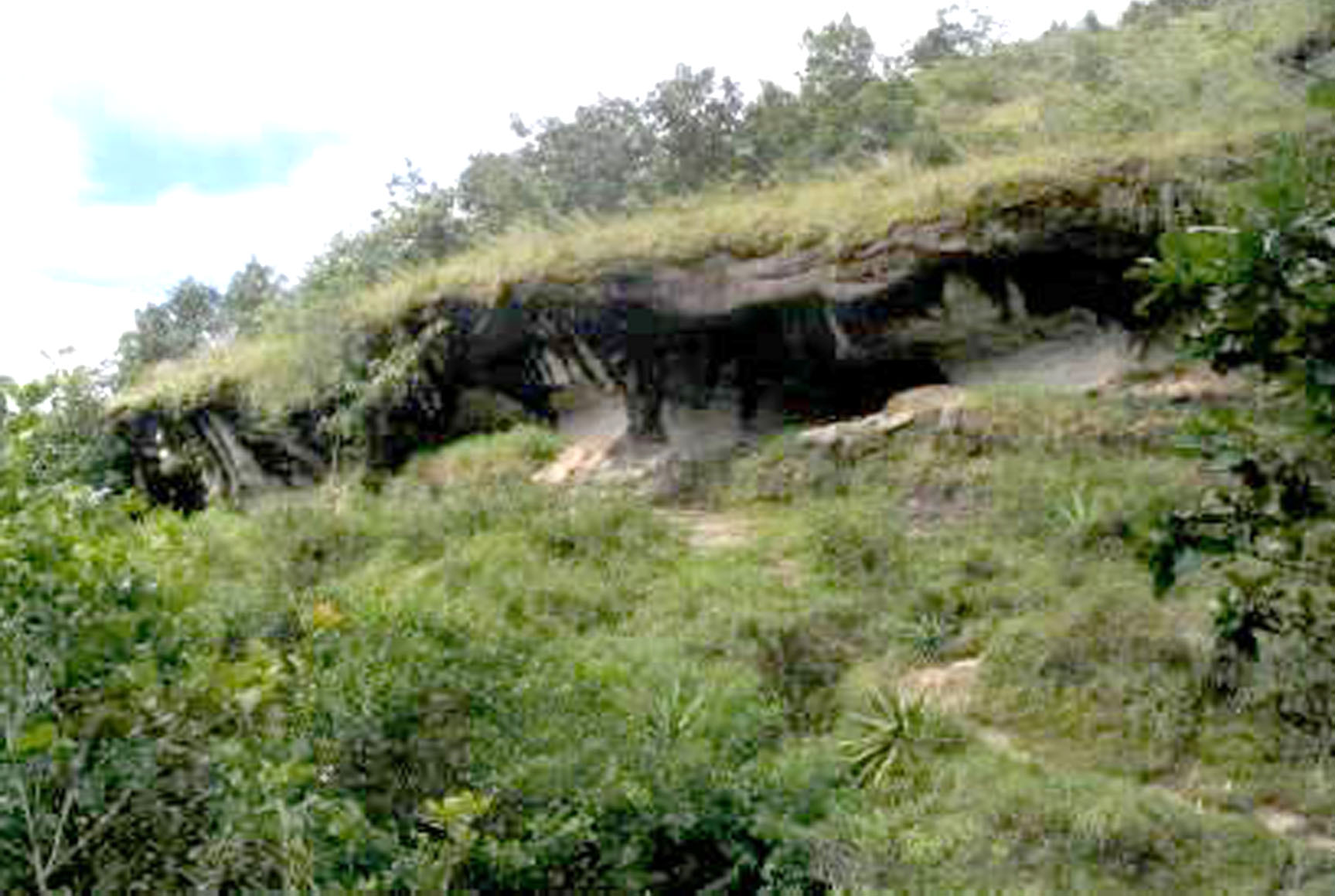Archaic Period
7000 - 2000 B.C.E.
As the ice receded and the climate of the world became hotter the grasslands of the New World became deserts. Archaic people needed to travel greater distances for gathering and hunting because the game influenced by the lack of grass and over hunting became fewer in numbers. The Indians of Mexico were forced into the cultivating the first crops of corn, squarsh, beans, chili peppers and grains. Archaic sites such as hunting stations, overnight camp sites, and fishing spots which were scattered across the landscape began to disappear. Technological innovations such as grinding stones and large food storage pits are indicative of longer-term occupations of resource-rich locations. By the middle of the Archaic period, these and other innovations may have even fostered establishment of permanent settlements. These early settlements were villages which grew during the period.

